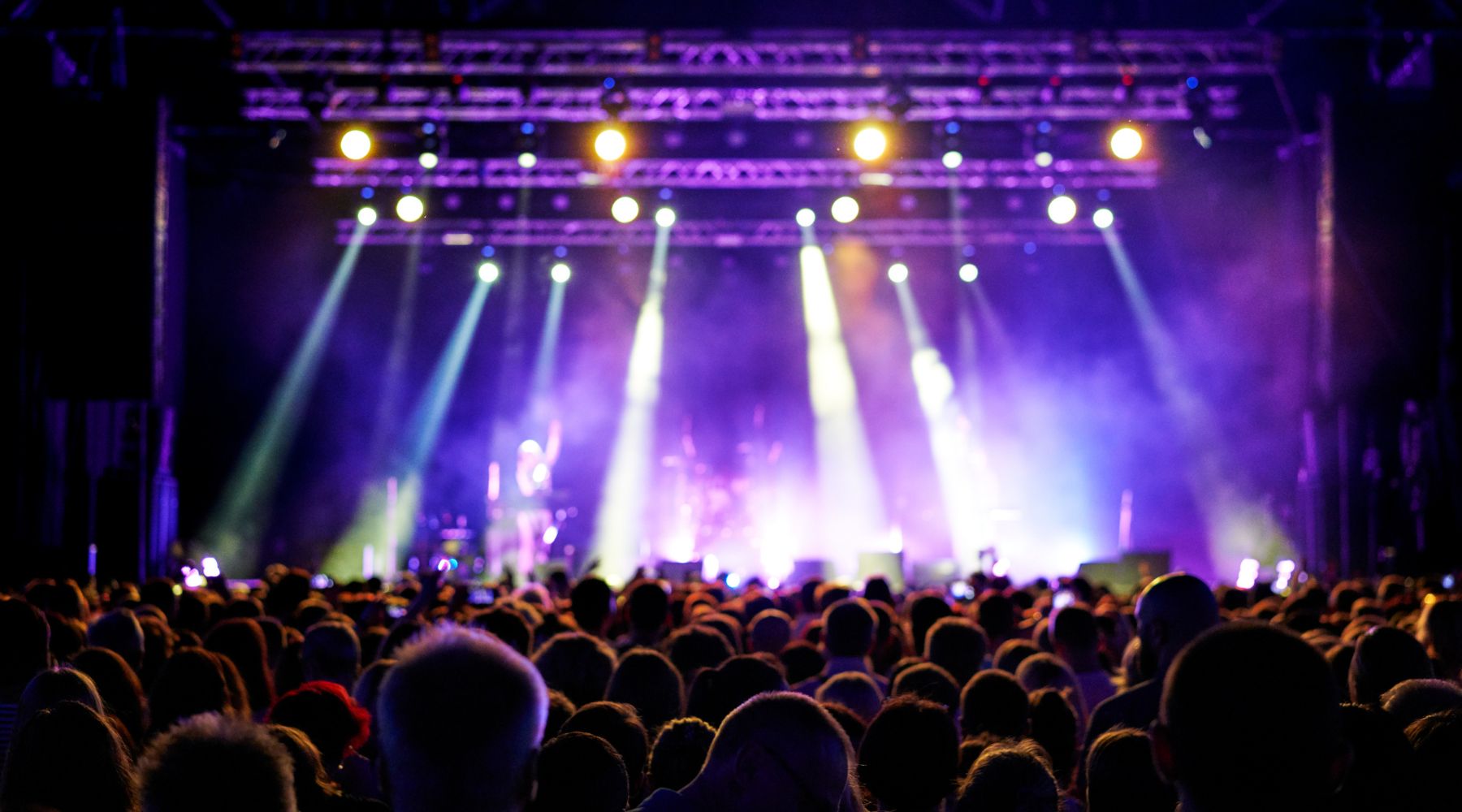
Understanding the Stage Lighting Basics
Understanding Stage lighting Basics is an essential aspect of any performance, whether it be a theatrical production, a concert, or a dance recital. It sets the mood, highlights key moments, and guides the audience’s attention. In this guide, we will explore the basics of stage lighting, providing you with foundational knowledge and tips to enhance your lighting design skills. 
The Importance of Understanding Stage Lighting Basics
Stage lighting is more than just illumination; it’s an art form that enhances the storytelling process. Good lighting design can transform a simple set into a dynamic, engaging environment. It helps convey emotions, emphasizes dramatic moments, and adds depth to the performance. Understanding the basics of stage lighting can significantly impact the overall experience of the audience.
Enhancing the Narrative
Stage lighting plays a critical role in storytelling by visually interpreting the script. It can signify the passage of time, highlight a character’s transformation, or underscore the dramatic tension between characters. Through strategic use of lighting, designers can create visual metaphors that resonate with the audience, making the narrative more compelling and immersive.
Emotional Influence
The emotional tone of a performance can be significantly influenced by lighting. Soft, warm lighting can evoke feelings of nostalgia or romance, while harsh, cold lighting might create an atmosphere of tension or foreboding. By manipulating light and shadow, designers can subtly guide the audience’s emotional journey throughout the performance.
Key Elements of Stage Lighting Basics
To create an effective lighting design, understanding the key elements of stage lighting is essential. These elements work together to craft the visual dynamics of a performance.
Intensity
Intensity refers to the brightness of the lights on stage. It is crucial to adjust the intensity to match the mood of the scene. For instance, a bright light might be used for a joyful scene, while a dim light could create a more intimate or somber atmosphere. The key is to ensure that the actors are visible without overpowering the scene.
Mood Matching
The intensity of light can dramatically alter the mood of a scene. High-intensity lighting can energize a performance, suggesting a lively or high-stakes environment, while low-intensity lighting can create a sense of mystery or introspection. Designers must carefully calibrate intensity to align with the emotional tone of each scene.
Visibility and Clarity
Ensuring actors and set pieces are visible is a primary function of stage lighting. Proper intensity levels ensure that the audience can see and engage with the performance without strain. This requires balancing light intensity to provide clarity while maintaining the aesthetic integrity of the scene.
Dynamic Adjustments
Adjusting intensity dynamically throughout a performance can enhance storytelling. Smooth transitions between different light levels can signify changes in time, mood, or location, adding layers of meaning to the narrative. Designers often use dimmers and lighting cues to achieve these seamless changes.
Some of the Stage Lighting Fixtures
Understanding the different types of lighting fixtures is essential for creating effective stage lighting. Here are some common types:
Spotlights
Spotlights are powerful lights that produce a focused beam of light. They are often used to highlight individual performers or specific areas of the stage. The beam can be adjusted to different sizes and shapes, providing flexibility in lighting design.
Focused Illumination
Spotlights provide focused illumination, allowing designers to emphasize particular performers or areas on stage. This precision is essential for drawing the audience’s attention to key elements, such as a solo performance or a critical set piece.
Adjustable Features
The ability to adjust the size and shape of a spotlight’s beam offers designers flexibility in crafting the visual composition of a scene. By manipulating these features, designers can achieve a range of effects, from tight, dramatic focus to broader, softer illumination.
Creative Uses
Beyond traditional uses, spotlights can be employed creatively to simulate effects such as moonlight or to create abstract patterns on the stage. This versatility makes them an invaluable tool in a lighting designer’s repertoire.
Conclusion
Understanding the stage lighting basics is crucial for creating captivating performances. By mastering the key elements and types of fixtures and applying thoughtful design techniques, you can enhance the storytelling and create memorable experiences for the audience. Whether you’re a beginner or an experienced lighting designer, these fundamentals will serve as a foundation for your future lighting projects. Embrace the art and technology of lighting to transform your stage into a dynamic, engaging world that captivates and moves your audience.


